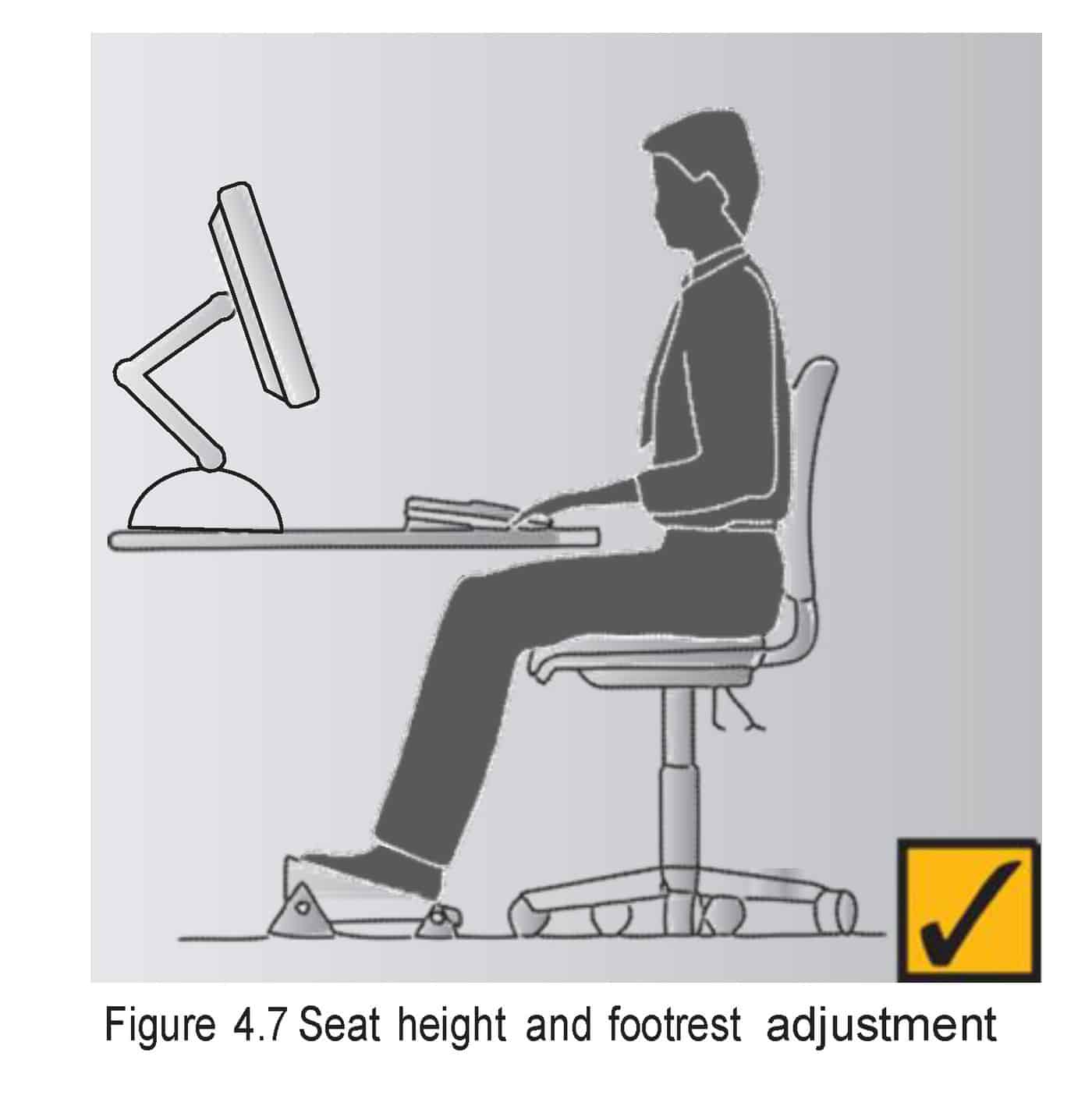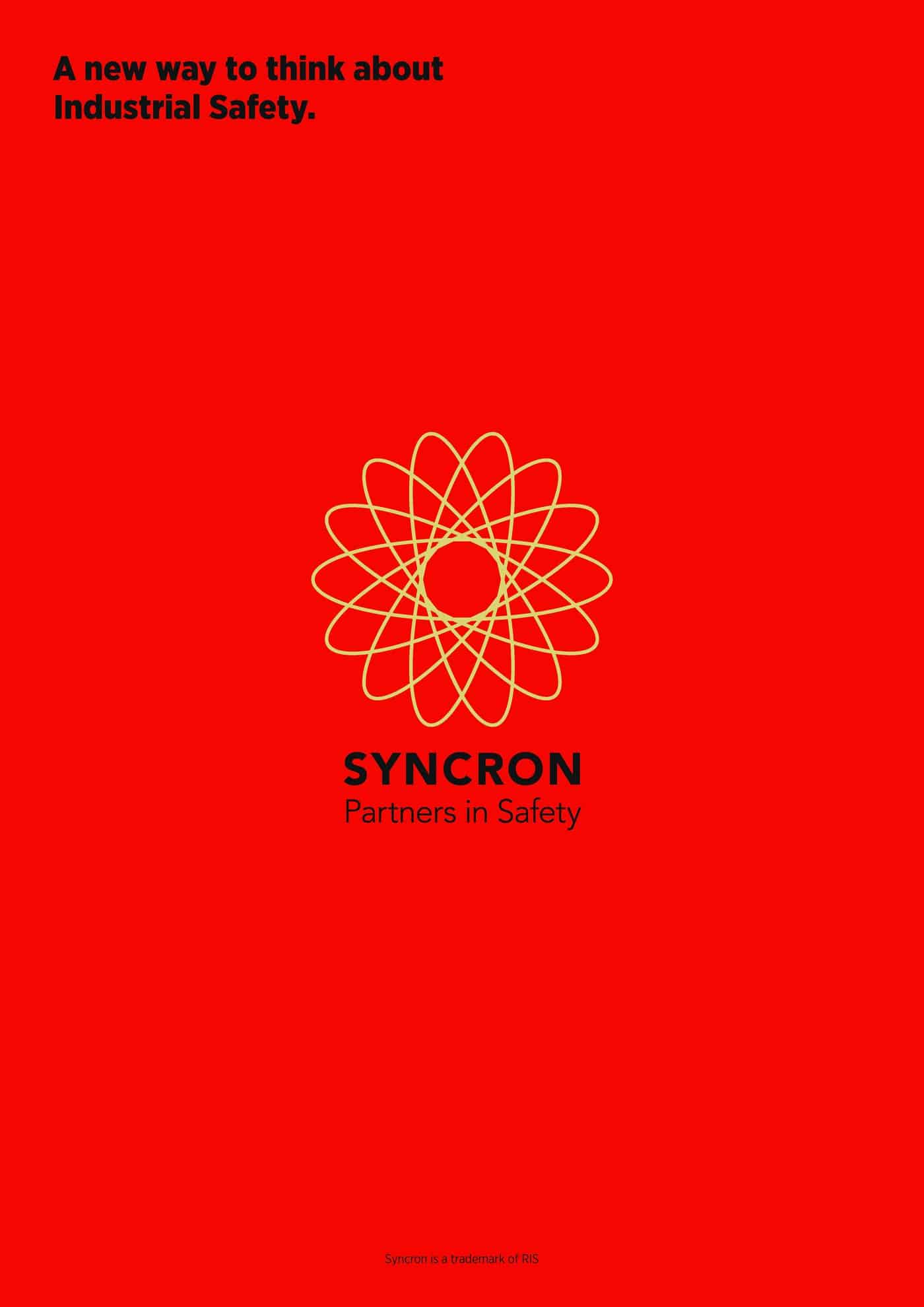For a little while employers, government and trade unions in Australia were spreading their consultative pool on occupational health and safety (OHS) matters. Recently that triumvirate seems to have returned to a more exclusive structure. The reason is unclear but the situation is a backward step and one that fails to take advantage of the modern consultative technologies.
In some ways OHS in Australia seems to be moribund. Professional associations do not seem to be growing even in a time of regulatory change. Trade union membership numbers seem to have bottomed out without much diminution of their political influence. It may be time to look at a new consultative approach that builds ownership of workplace safety on the back of the awareness marketing by the OHS regulators. However to do so may mean that the tripartite structure be dissolved over time and that the policy development expectations of government on OHS matters be substantially revised. Continue reading “OHS consultation through social media – the new (and better) way”

 A diagram of safe posture at modern workstations has become iconic but it has also become a symbol of ergonomic misunderstanding. There are assumptions behind the angular figure about the way modern workers work, the equipment used and the tasks undertaken.
A diagram of safe posture at modern workstations has become iconic but it has also become a symbol of ergonomic misunderstanding. There are assumptions behind the angular figure about the way modern workers work, the equipment used and the tasks undertaken. LinkedIn is a useful adjunct to the social media of Facebook, MySpace and many other incarnations. The professional network is a terrific idea but it has several problems – one is misuse or misunderstanding LinkedIn’s function, the other is the ridiculousness of Endorsements. Given that LinkedIn is as popular in the OHS profession as in any other, the problems, as I see them, are worth discussing.
LinkedIn is a useful adjunct to the social media of Facebook, MySpace and many other incarnations. The professional network is a terrific idea but it has several problems – one is misuse or misunderstanding LinkedIn’s function, the other is the ridiculousness of Endorsements. Given that LinkedIn is as popular in the OHS profession as in any other, the problems, as I see them, are worth discussing.